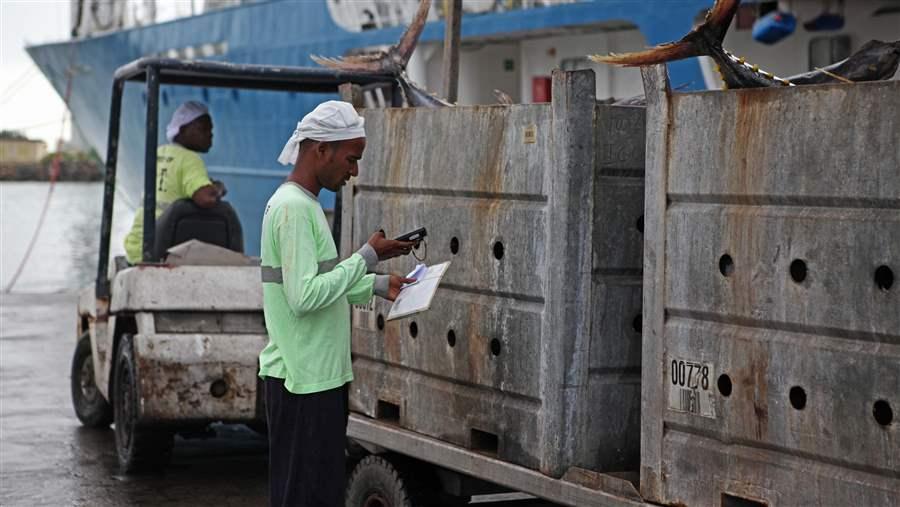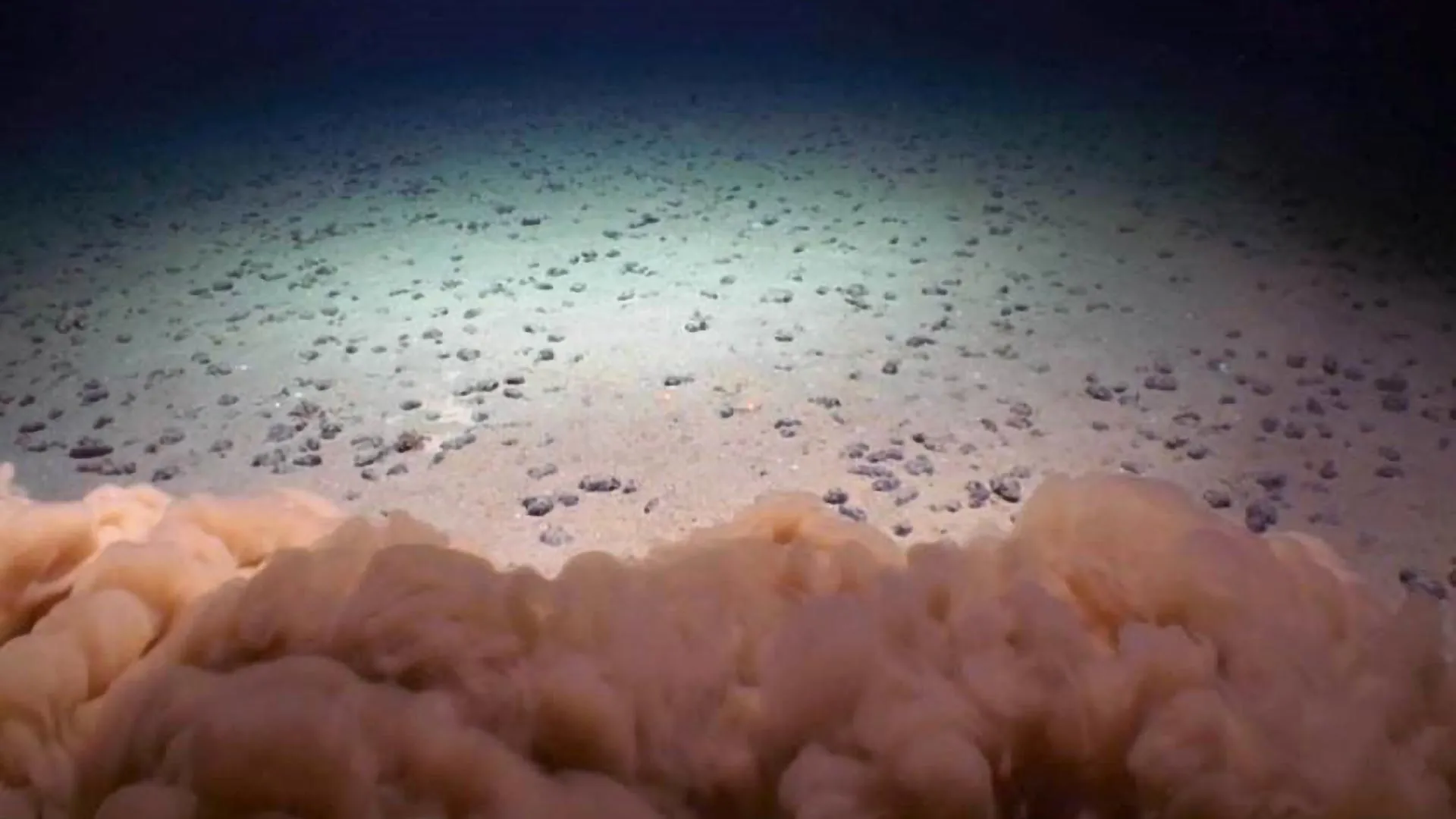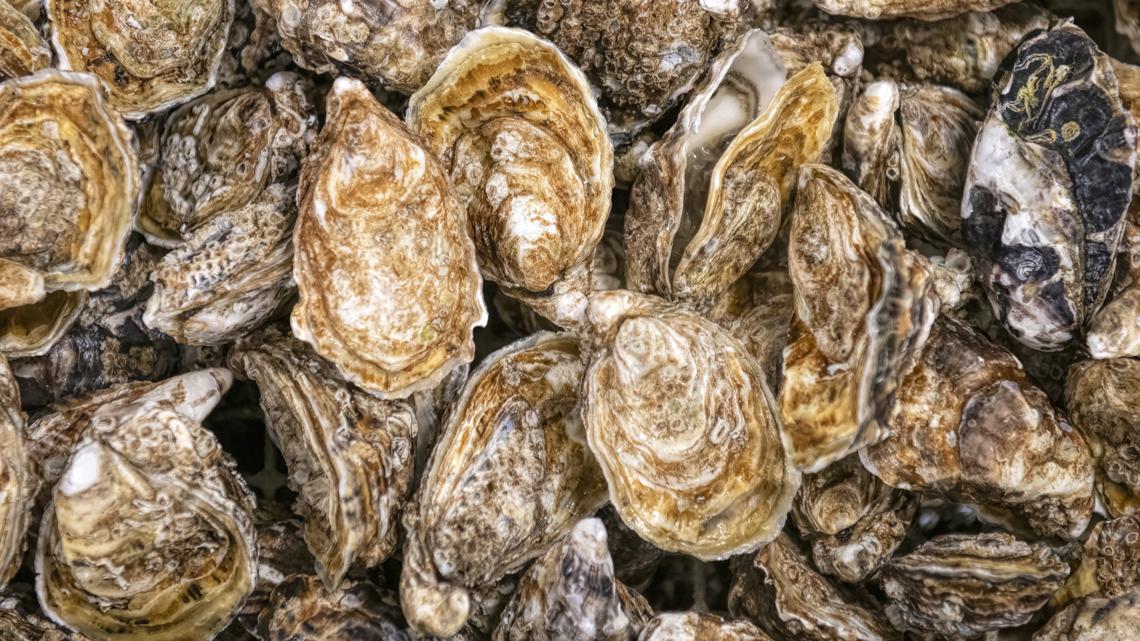Science-Based Fisheries Management Works, U.N. Report Shows – The Pew Charitable Trusts

Global Fisheries Assessment and the Sustainable Development Goals
Current Status of Global Fish Stocks and SDG 14
A recent report from the Food and Agriculture Organization (FAO) of the United Nations presents a detailed global assessment of marine fish stocks. The findings indicate a concerning trend in marine ecosystem health. As of 2021, over 35 percent of all fish stocks are classified as overfished, a figure that has shown a consistent annual increase. This development signifies that global governments have not met a key objective of the United Nations Sustainable Development Goals. Specifically, SDG Target 14.4, which aimed to end overfishing through effective, science-based management by 2020, has not been achieved.
A Case Study in Recovery: Tuna Fisheries and SDG 14.4
Despite the overall negative trend, the report highlights significant progress in the management of tuna fisheries, offering a viable model for achieving SDG 14. A remarkable 87 percent of tuna and tuna-like species are now considered sustainable. This represents a significant turnaround, considering the historical mismanagement of these commercially valuable species. For decades, the five regional fisheries management organizations (RFMOs) responsible for tuna stocks frequently set catch limits based on industry pressure rather than scientific advice, leading to severe overfishing and the near collapse of populations such as Atlantic, Pacific, and southern bluefin tuna. The recovery of these stocks demonstrates that targeted, science-led conservation efforts can successfully contribute to the goals of SDG 14.
Key Strategies for Sustainable Fisheries Management
The successful rebuilding of tuna populations can be attributed to the implementation of several key management and governance strategies. These strategies provide a clear framework for other fisheries seeking to align with the principles of SDG 14.
- Implementation of Science-Based Recovery Plans: A primary objective was to halt government-sanctioned overfishing by advocating for and establishing science-based catch limits. This approach allowed depleted populations, such as Pacific bluefin tuna, to begin rebuilding.
- Adoption of Long-Term Harvest Strategies: To ensure lasting sustainability, management has shifted towards harvest strategies. This approach moves beyond traditional, revenue-focused management by incorporating long-term ecological objectives. It establishes pre-agreed rules that allow for flexible management, where catch limits can be increased for healthy stocks or reduced to allow for population recovery.
- Enhancement of Tracking, Compliance, and Enforcement: A series of measures have been instituted by RFMOs to improve accountability and deter illegal fishing, a critical component of achieving SDG Target 14.4. These include:
- Electronic Catch Documentation Schemes: An electronic system for Atlantic bluefin tuna tracks fish from catch to point of sale, closing loopholes that enable illegal trade.
- Electronic Monitoring: The use of monitoring technology on fishing vessels supplements human observers to deter illicit activities and improve data collection.
- Port State Measures Agreement (PSMA): RFMOs have updated port controls to align with the UN’s PSMA, a treaty designed to prevent illegally caught fish from entering global markets.
Recommendations for Achieving Global Fisheries Sustainability
The FAO report concludes that “commitment to effective fisheries management – the application of science-based policies, regulatory measures, and compliance systems – has ensured the sustainability of marine fisheries and the benefits they provide.” The transformation in tuna management demonstrates that good governance and accountability can reverse the decline of critical fish stocks. To meet the overarching goal of global fisheries sustainability as outlined in SDG 14, it is imperative that governments apply the lessons learned from the tuna recovery model to the hundreds of global fisheries that remain in decline. By enforcing science-based rules, managers can facilitate the recovery of depleted populations and make significant progress toward achieving a sustainable future for the world’s oceans.
1. Which SDGs are addressed or connected to the issues highlighted in the article?
The primary Sustainable Development Goal addressed in the article is:
-
SDG 14: Life Below Water
The article explicitly mentions “U.N. Sustainable Development Goal 14” and focuses entirely on its core themes. The text discusses the conservation and sustainable use of marine resources, specifically fish stocks. It highlights the problems of overfishing, illegal fishing, and the need for effective, science-based management of global fisheries, which are central tenets of SDG 14.
2. What specific targets under those SDGs can be identified based on the article’s content?
Based on the article’s content, the following specific targets under SDG 14 can be identified:
-
Target 14.4: End overfishing, illegal, unreported and unregulated (IUU) fishing and destructive fishing practices.
This is the most prominent target discussed. The article directly references the failure to meet this target’s original 2020 deadline, stating, “…governments are far from achieving the U.N. Sustainable Development Goal 14, which aimed to end overfishing through effective management by 2020.” The entire piece revolves around efforts to end overfishing through “science-based management,” “recovery plans for overfished stocks,” and combating “illegal, unreported and unregulated fishing.”
-
Target 14.6: Prohibit certain forms of fisheries subsidies which contribute to overcapacity and overfishing, and eliminate subsidies that contribute to IUU fishing.
While not the main focus, this target is relevant through the article’s discussion of combating IUU fishing. The implementation of the “Port State Measures Agreement,” which aims to prevent illegally caught fish from entering the market, is a key mechanism for achieving this target. The article notes that many Regional Fisheries Management Organizations (RFMOs) have adopted controls aligned with this agreement to “discourage illegal fishing.”
-
Target 14.2: Sustainably manage and protect marine and coastal ecosystems.
This target is addressed through the discussion of advanced management approaches. The article advocates for “harvest strategies,” which it describes as rules that “center long-term objectives, such as ensuring a species can fulfill its role in a healthy ecosystem as predator, prey and more.” This demonstrates a shift from purely commercial management to a more holistic, ecosystem-based approach, which is the goal of Target 14.2.
3. Are there any indicators mentioned or implied in the article that can be used to measure progress towards the identified targets?
Yes, the article mentions several quantitative and qualitative indicators that can be used to measure progress:
-
Indicator for Target 14.4: Proportion of fish stocks within biologically sustainable levels.
The article provides direct data points for this indicator. It states that as of 2021, “more than 35 per cent of all stocks are overfished,” which means conversely that less than 65% are within sustainable levels. It also provides a positive example for a specific fishery, noting that “87 per cent of tuna and tuna-like species… are sustainable.” The recovery of Pacific bluefin, which has “grown from 2 per cent of its unfished size to 20 per cent over 10 years,” is another specific measure of progress in restoring fish stocks.
-
Indicators for Target 14.6 (and 14.4): Progress by countries in the degree of implementation of international instruments aiming to combat illegal, unreported and unregulated fishing.
The article implies progress can be measured by the adoption and implementation of specific tools and agreements. These include:
- The adoption of port controls aligned with the Port State Measures Agreement.
- The implementation of an “electronic catch documentation scheme” to track fish from catch to sale.
- The implementation of “electronic monitoring on fishing vessels” to augment human observers and deter illicit activities.
The extent to which these systems are adopted by RFMOs and member countries serves as a clear indicator of progress.
4. Create a table with three columns titled ‘SDGs, Targets and Indicators” to present the findings from analyzing the article.
| SDGs | Targets | Indicators |
|---|---|---|
| SDG 14: Life Below Water | 14.4: By 2020, effectively regulate harvesting and end overfishing, illegal, unreported and unregulated (IUU) fishing. |
|
| SDG 14: Life Below Water | 14.6: Prohibit subsidies contributing to overfishing and eliminate subsidies for IUU fishing. |
|
| SDG 14: Life Below Water | 14.2: By 2020, sustainably manage and protect marine and coastal ecosystems. |
|
Source: pew.org

What is Your Reaction?
 Like
0
Like
0
 Dislike
0
Dislike
0
 Love
0
Love
0
 Funny
0
Funny
0
 Angry
0
Angry
0
 Sad
0
Sad
0
 Wow
0
Wow
0











































































